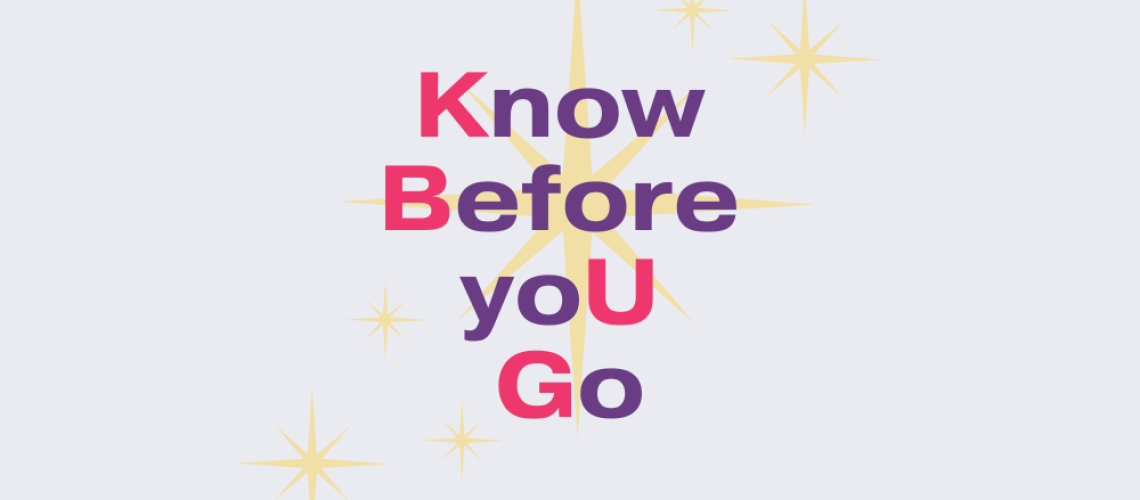By Lucie Ashe
Ever heard of a K-BUG? More than a cute name, it’s a planner’s way to communicate with guests ahead of an event with everything they need: Know Before yoU Go! Put yourself in the mind of an attendee who is excited for the event, but may not know much about it yet, maybe they’re a guest of a sponsor and have never heard of the event or mission before. Take this opportunity to educate your attendees and give them the necessary pieces of information for a smooth experience and successful, and fun, event!
When I write a KBUG, I always start with the Ws. Who, What, When, Where, and Why:
Who/Why
- Be sure to highlight the organization hosting the event and their mission, especially if it is a fundraiser. People get so many emails and we want to make sure they know this one is one to read!
- Provide your guests with a contact name and email if they have questions or need help.
- Keep it short and sweet, this email will cover a lot of information.
What
- Any onsite fundraising opportunities, be sure to note if any are cash only, etc.
- Touch on food and if there are any dietary needs to be communicated at check-in.
- Note technology and any troubleshooting guests need to access the site, bid in the auction, etc.
- Touch on any accessibility needs and who to contact if they have an accommodation.
- Consider mobility issues and needs, nursing/pumping space, “take a break” space, etc.
- Depending on the event, you may want to highlight the recommended attire, especially if there are outdoor spaces and if weather will impact guest experience.
When
- Note when registration opens, the program opens, and any others like check out, silent auction close, etc.
- Providing guests an overall general timeline is helpful!
Where
- Location including parking and details on how to get there.
- Have a map if possible.
- Note any construction that may impact guests experience on the way to the venue.
Once you have your information ready, organize it in a short and succinct manner so guests can find the information they need. Depending on your event, we typically recommend sending this type of email a week before the event so any last minute questions can be answered and guests get excited about the event.


